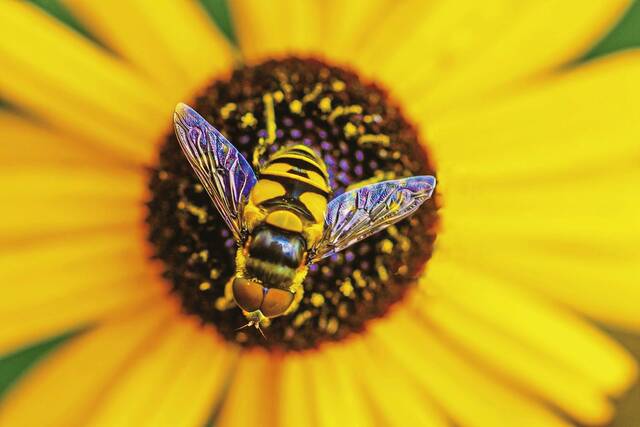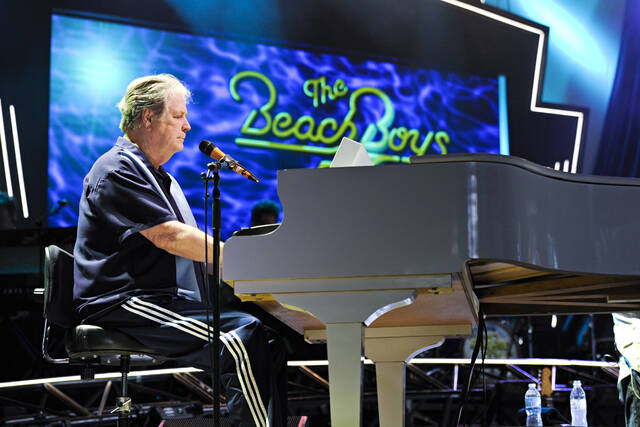It’s an excuse I’ve been dreaming of: a reason to not mow my lawn until June.
A “No Mow May” movement is afoot to nurture our bee population for a very good reason: bees are incredibly important to our own survival.
According to Bee City USA, an initiative of the Xerces Society for Invertebrate Conservation, bees are highly important pollinators whose busy work enables the creation of one-third of the food and drink we consume.
Here’s how bees work: They are drawn to plants for their sweet nectar, which they use to produce honey, which they store to survive the winter months.
Well, nectar contains male pollen, which bees and other pollinators unwittingly transfer to the female organs of plants.
Yes, plants do have a sex life and bees are an essential part of it.
Specifically, bee pollination “is the act of transferring pollen grains from the male anther of a flower to the female stigma,” reports the U.S. Forest Service.
And our economy depends on pollination because the “value of crop pollination has been estimated between $18 and $27 billion annually in the U.S.,” reports Bee City USA.
Simply put, if pollination does not happen, plants do not thrive. Which means that if key pollinators, such as bees, do not thrive, fruits and crops of every kind will suffer.
And our bees have been struggling.
“Research has shown significant declines in native pollinator population sizes and ranges globally,” reports Bee City USA. “In fact, up to 40% of pollinator species on Earth may be at risk of extinction in the coming years as a result of habitat loss, pesticide use and climate change.”
Which brings us back to delaying lawn mowing in the spring.
During May, as the weather warms, newly emerged native bees get busy. But floral resources are not yet at full bloom and may be hard for bees to find — especially in urban and suburban areas.
Bee City USA recommends a few things that each of us can do to nurture good bee health.
It says that our lawns “cover 40 million acres, or 2%, of land in the U.S., making them the single largest irrigated crop we grow.”
The first thing we can do, then, is let our grass grow longer — and let flowers such as white clovers and violets flourish in our yards.
Beautifully trimmed yards may look great, but they do not offer the floral resources and nesting sites that bees need — and chemical weed treatments and fertilizers are especially harmful to bees.
Another thing each of us can do is grow and nurture more flowers and other plants.
If you can replace sections of your lawn with native wildflowers, shrubs and trees, you’d have less lawn to cut and the happiest bees in the neighborhood.
I’ve only begun studying the incredible lives of bees and how they help our farmers produce the food we need.
I’m going to learn more about the needs of bees and I might plant flowers and protect other areas in the woods surrounding my house.
Lucky for me, my yard is large and I don’t have any neighbors close enough to complain about tall grass.
So to help the bees in my corner of the planet, I’m going to become a participant of the “No Mow May” movement — and not cut my grass at all this year.








